Students discuss equity in schools at second County Council-sponsored conversation
A student speaks during inter-group discussion at the County Council-sponsored meeting on school equity April 8. Around 75 MCPS students attended the event.
April 14, 2019
Local students, educators and politicians held a second County Council-sponsored conversation about racial equity at Gaithersburg High School April 8. Unlike the first meeting, which focused more broadly on equity in all aspects of life, this conversation was specifically targeted toward discussing equity in MCPS schools.
Around 100 people attended the meeting, with students making up around three-quarters of the audience. Most student attendees were high schoolers who had heard about the event through organizations like MoCo Students for Change, which had encouraged its members to attend. Students who came to the discussion were eligible to receive three SSL hours.
Student Member of the Board Ananya Tadikonda attended the discussion, as did SMOB candidate Zoe Tishaev, a junior at Clarksburg High School. As with the previous meeting, Council president Nancy Navarro opened up the event. Several county officers were also in attendance.
The meeting began with a series of short, introductory speeches from county officials. Then, students were presented with several questions regarding equity, and they voted to discuss four of them. The bulk of the time was made up by group discussions of the questions. After an hour or so, students shared their groups’ answers.
Students spoke about the need for more diversity in schools and the disparities between wealthier, whiter schools and poorer, majority-minority schools, in areas ranging from testing to the condition of schools.
Northwood Junior Kaylah Tengeya expressed her frustration on attending a school where kids generally expect little and teachers often don’t teach.
“Students feel like they’re already set up to fail,” she said.
Both in small groups and in a broader discussion, students expressed concern about a Bethesda Beat article concerning an April 4 county meeting where parents allegedly used racially-charged language to criticize a proposal to redraw school boundaries to limit de-facto segregation. Students at the meeting were overwhelmingly in favor of redrawing school boundaries to increase diversity.
Whitman and other largely-white “W” high schools—Wootton, Walter Johnson and Winston Churchill—came under sharp scrutiny. Many students said they feel those schools are unfairly favored and resistant to becoming more diverse, and Tishaev had direct words for Whitman students hoping to shake this narrative.
“Come out and testify,” said Tishaev. “Talk about how you also care about diversity. Nothing destroys the narrative that ‘we don’t want them in our school’ more than having students in these W schools saying, ‘No, you’re wrong, we do want more diversity in our schools.’”
This meeting marked the last of the series organized directly by the County Council.



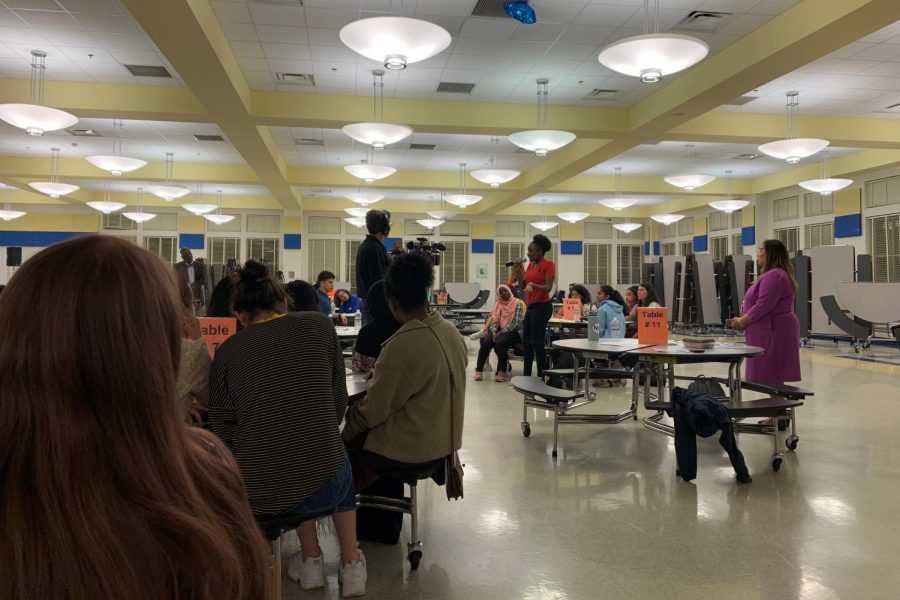
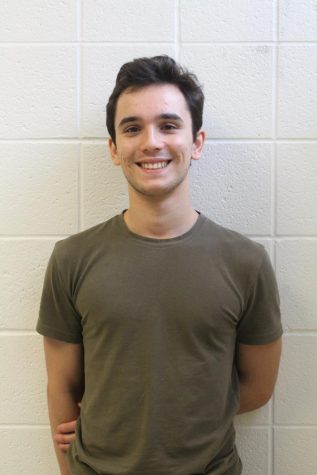

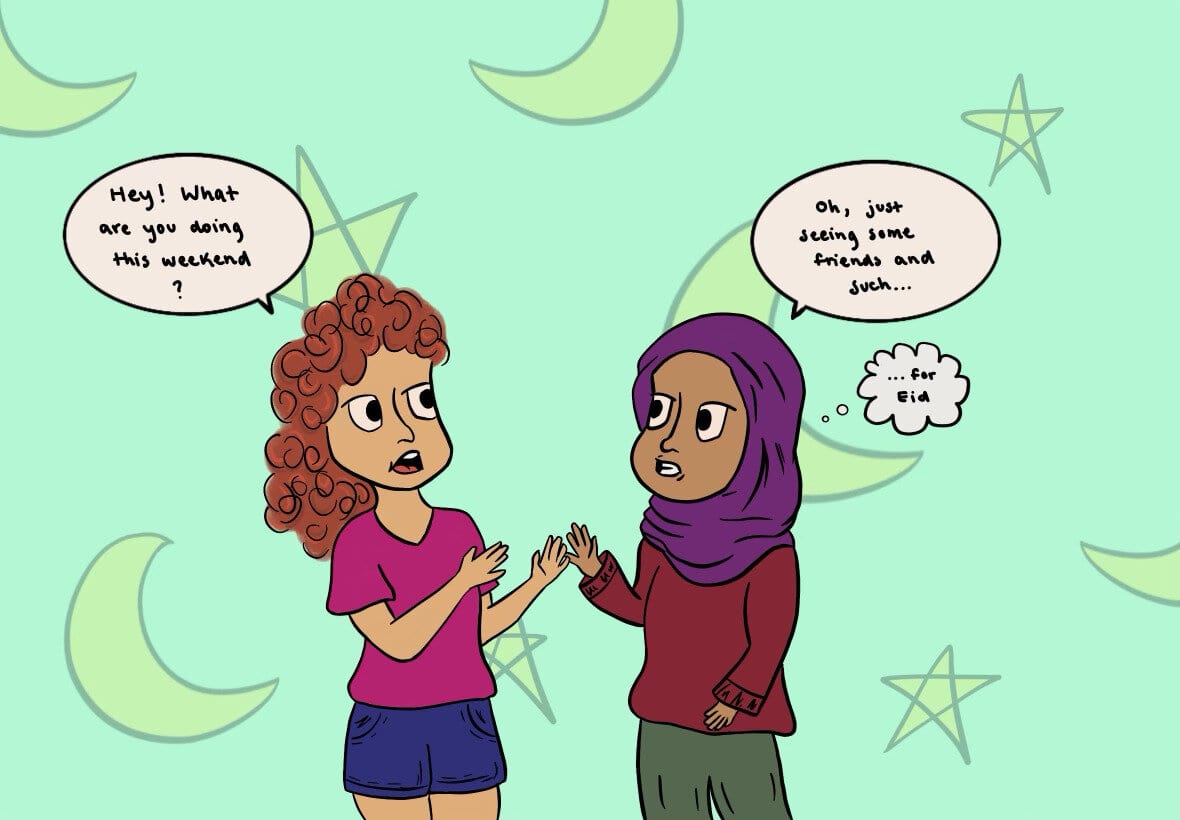
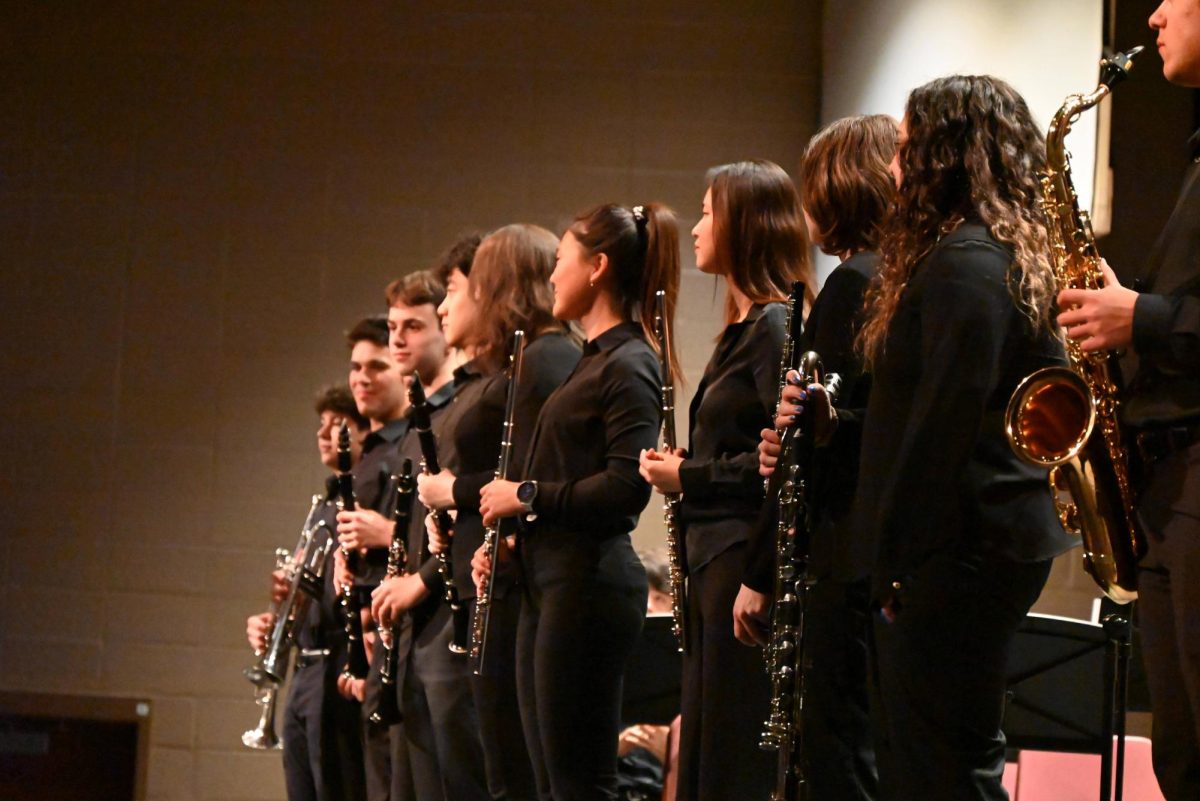
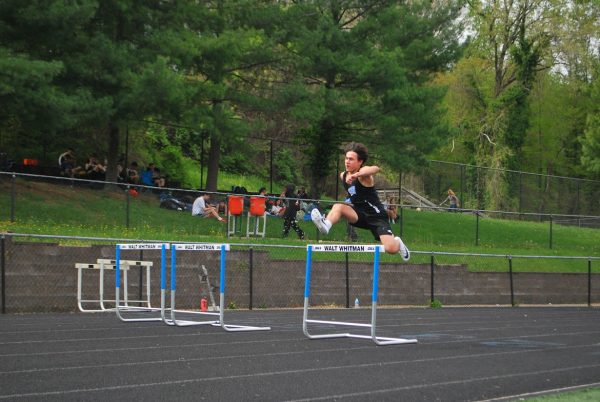
Washington Irvine • Apr 15, 2019 at 10:15 am
Obviously there is going to be backlash and resistance to bussing kids or redistricting kids in any area. In particular when you’re talking about shuffling kids around at Whitman and other schools for a subjective purpose. When you start forcing people to do what you want you can’t expect people to be just willing to submit to your domain. The problem with the schools in the northern county where they struggle academically is not the lower county schools fought. That’s the result of incompetence and poor management and culture amongst the students, faculty and administrators in those northern schools. The culture at Whitman is hyper competitive at every level in high school including sports, academics, extracurricular and interns/paid work. You can’t change that culture by moving some kids out of the school and others in. The economic disparities between the schools is shaped by more than the racial make up of each school. Yes, white people are generally more wealthy than minorities, but that’s totally ignoring the geography, location and economic status of each schools local area. Bethesda is inside the beltway and is 10 miles out of central DC with a metro transit and proximity to the airport within 30-40 minutes away. Damascus is a school that is hours away from a major airport, no public transit to DC and is much more rural than urban Bethesda. Also the housing prices of Damascus are significantly lower than here in Bethesda. All of these factors attribute to the differences in these schools wealth, not just race. Promoting diversity is a great idea and is welcomed by the community, but when you start forcing diversity it is naieve to think people will embrace it without any disagreement.